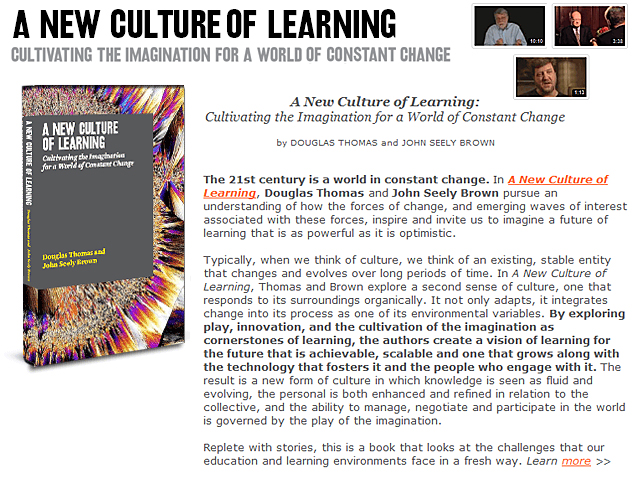A New Business Model for News : Community — from TrendBird.biz
Excerpt (emphasis DSC):
We are social beings. Three-quarters of all American adults belong to voluntary or organized groups, according to “The Social Side of the Internet,” a study published this year by the Pew Research Center’s Internet & American Life Project. In fact, today’s social media culture may be reversing the decline in social behavior that Robert D. Putnam documented in his book “Bowling Alone.” While 56 percent of non-Internet users belong to a group, 80 percent of Internet users participate in groups, according to the study.
…
But if there is a common thread that weaves through Foursquare, Facebook, Zynga, Twitter, BlogHer and many other pioneers in the social economy, it is this: Creating community engenders value for people. And providing value is the heart of any successful business model.











